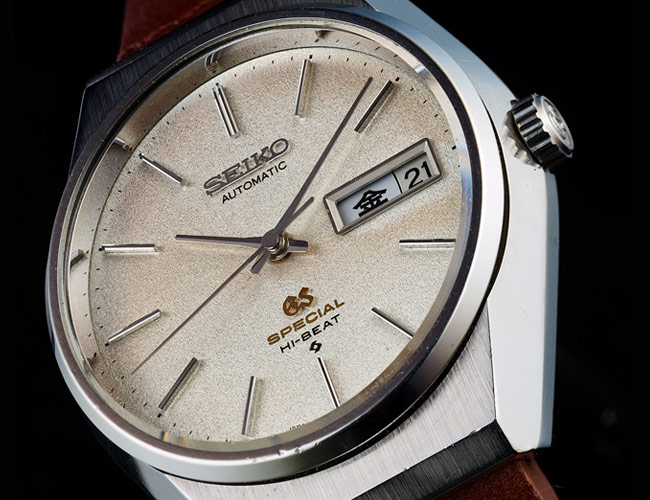Hang around the comments sections of watch website long enough and you’ll notice this ubiquitous, recurring refrain: “The date window ruins it.” Yes, it seems to be pretty common in watch circles to hate on dates, with enthusiasts claiming they clutter up dials and ruin the balance of the face. Most watch company executives will tell you, though, that the date complication is seen as a valuable and practical addition amongst the majority of people who actually buy watches rather than just obsessing (read: complaining) about them. That’s a reasonable defense — how often do you find yourself asking “What’s today’s date?” Probably a lot.
There is, however, a middle ground in which a date window can exist without throwing off the visual balance of an otherwise clean dial, and Nomos found it. This year, the German watchmaker — beloved as much for its minimalist design as it is for its Glashütte-made movements — debuted a new in-house automatic caliber with a date function, put it in its classic Tangente design, then wholly rethought the date function. There is not one large window cut into the dial, mucking up the progression of the hour markers like on a standard watch. Instead, the complication has been moved to a track on the outermost edge of the dial, filling out the space between the bezel and the hour markers.
The day of the month progresses from the first to the thirty-first all the way around the dial, each number separated by two apertures. Underneath, a white wheel with a small segment painted in red moves once every 24 hours. That red segment shows through two of the apertures at one time, and the number they flank indicates the day’s date. So, if the number seven has a red dash on both its left and right side, that means it’s the seventh. Its a solution so astoundingly ingenious yet straightforward you’d think more watchmakers would do the same. By moving the date indication to a ring surrounding the dial, the date complication doesn’t throw off the symmetry of the face or clutter up the time indication.
If you get the chance to hold the new Tangente and play with the date function, you’ll find you can adjust it both forward and backward (most watches only let you set the date by moving in one direction). As you turn the crown to set the date, the red segment of the inner wheel smoothly progresses both forward and backward around the date track’s apertures in a calm, almost soothing way. The new Tangente’s should quiet the date haters — it’s hard to find fault with it. It’s a novel take on a familiar complication, and while its usefulness is abundantly clear, yet it still manages to feel wonderfully ornate.
A vintage Grand Seiko, a blue-dialed Speedmaster, a ‘Smokey and the Bandit’ style Timex (really) and more. Read the Story


